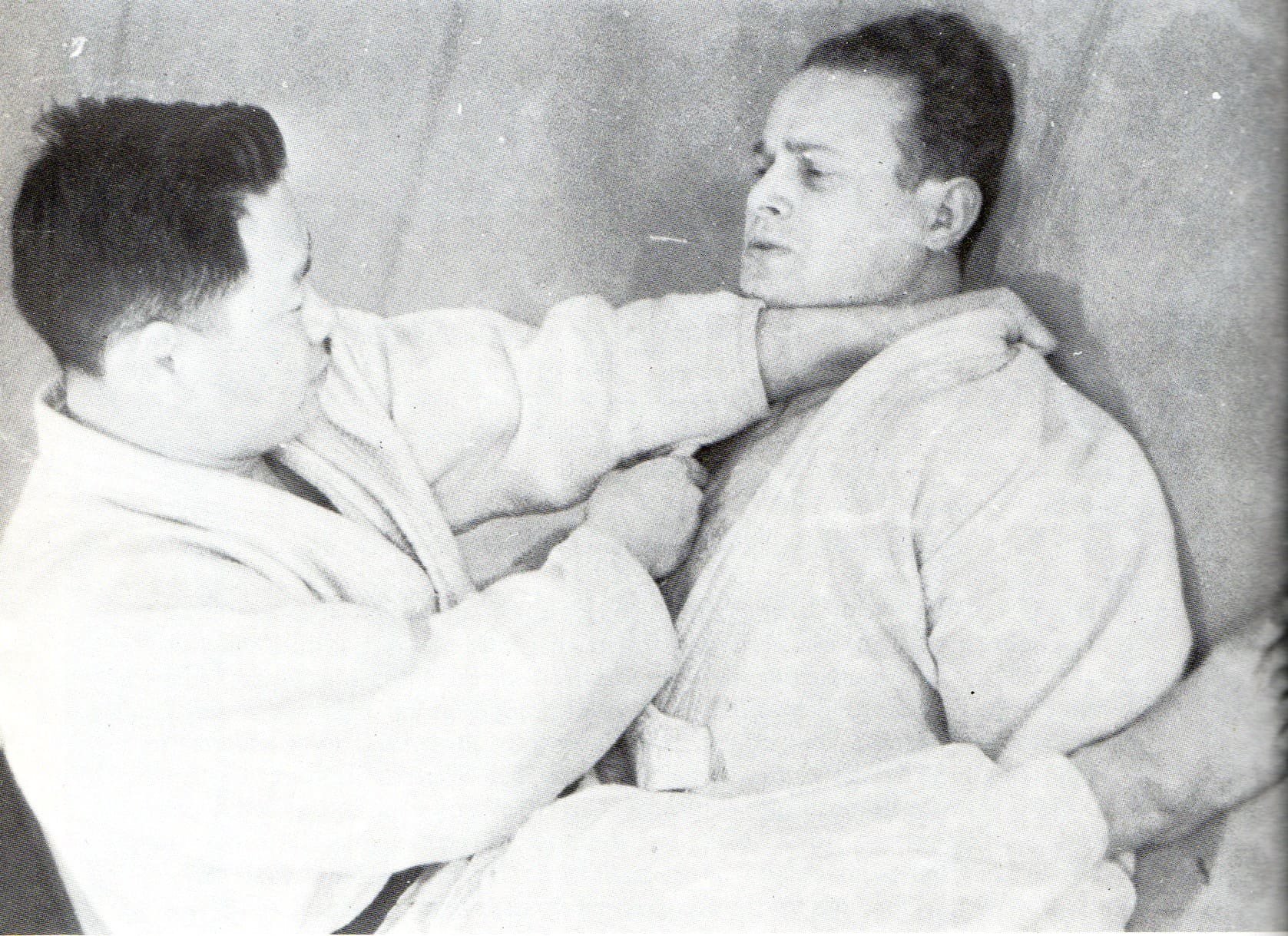The Feldenkrais Method and Its Connection to Jiu Jitsu & Judo
The Feldenkrais Method is a somatic educational system developed by Dr. Moshe Feldenkrais in the mid-20th century. It focuses on awareness through movement, aiming to improve physical function and overall well-being. While it may seem unrelated to martial arts at first glance, the principles of the Feldenkrais Method can greatly enhance the practice of Jiu Jitsu and Judo.
Understanding the Feldenkrais Method
At its core, the Feldenkrais Method encourages individuals to explore movement through gentle, non-intrusive exercises. It emphasizes mindfulness and awareness of bodily sensations, promoting a deeper connection between the mind and body. This method is commonly practiced in two main formats: Awareness Through Movement (ATM) and Functional Integration (FI).
Awareness Through Movement (ATM): This involves group lessons where participants engage in a variety of movement sequences designed to develop awareness of how they move, with a focus on improving coordination, balance, and flexibility.
Functional Integration (FI): In this one-on-one approach, a certified practitioner uses gentle touch to guide a person through movements, helping them discover more efficient ways to perform activities.
The Intersection of the Feldenkrais Method and Martial Arts
Movement and Awareness
Both Jiu Jitsu and Judo emphasize the importance of movement and body awareness. Practitioners must be attuned to their bodies and those of their opponents. The Feldenkrais Method offers tools to enhance this awareness, allowing martial artists to understand their body's mechanics better. By integrating Feldenkrais principles, athletes can learn to move more fluidly and efficiently, which is crucial in jiu-jitsu and judo—where fluidity often translates to successful techniques.
The practice of Feldenkrais can help martial artists identify tension and negative movement patterns that interfere with performance. For instance, a Judo player may learn how to unearth ingrained habits that lead to inefficient throwing techniques. By applying Feldenkrais principles, they can re-pattern their movements, making their throws more effective.
Injury Prevention and Recovery
Injuries are common in contact sports like Jiu Jitsu and Judo. The Feldenkrais Method teaches the body to move more efficiently, which can help prevent injuries caused by improper mechanics. Furthermore, if an athlete does sustain an injury, the principles learned through Feldenkrais can aid in recovery by promoting functional movements that support healing.
For instance, a martial artist recovering from a shoulder injury might use Feldenkrais exercises to explore different ways of moving their arms without pain. This adaptive approach to movement helps alleviate tension and facilitates a balanced healing process.
Mind-Body Connection
The Feldenkrais Method fosters a strong mind-body connection, an aspect crucial in martial arts. Jiu Jitsu and Judo require not only physical ability but also mental acuity. Practitioners must remain composed and aware during sparring or competitions, making quick decisions based on situational awareness. By cultivating mindfulness through Feldenkrais practice, martial artists can enhance their focus, leading to improved performance under pressure.
Specific Applications in Jiu Jitsu and Judo
Grappling Techniques
In grappling sports such as Jiu Jitsu and Judo, understanding one’s center of gravity and balance is essential. The Feldenkrais Method helps practitioners recognize and adjust their balance points, leading to more effective grounding and stability during maneuvers. For example, while executing a guard pass in Jiu Jitsu, athletes can apply the principles of weight distribution and body alignment learned through Feldenkrais to improve their technique.
Breathing and Relaxation
Breathing is an integral aspect of both the Feldenkrais Method and martial arts. Effective breathing can significantly impact performance, helping to manage energy and stress levels. Feldenkrais emphasizes relaxed, conscious breathing patterns, which can be beneficial during intense rounds of sparring or competition. By applying these techniques, martial artists can maintain better endurance and composure.
Technique Refinement
Practitioners in both Judo and Jiu Jitsu often seek to refine their techniques. The exploratory aspect of the Feldenkrais Method allows martial artists to engage in a process of self-discovery regarding their movement. For instance, a Judo practitioner may examine the subtleties of their foot placement and body position during throws, leading to enhanced execution of techniques and greater adaptability in dynamic situations.



